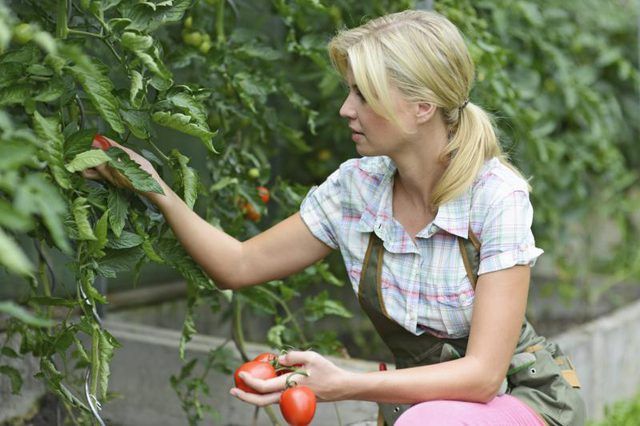Bulbs
Flower Basics
Flower Beds & Specialty Gardens
Flower Garden
Garden Furniture
Garden Gnomes
Garden Seeds
Garden Sheds
Garden Statues
Garden Tools & Supplies
Gardening Basics
Green & Organic
Groundcovers & Vines
Growing Annuals
Growing Basil
Growing Beans
Growing Berries
Growing Blueberries
Growing Cactus
Growing Corn
Growing Cotton
Growing Edibles
Growing Flowers
Growing Garlic
Growing Grapes
Growing Grass
Growing Herbs
Growing Jasmine
Growing Mint
Growing Mushrooms
Orchids
Growing Peanuts
Growing Perennials
Growing Plants
Growing Rosemary
Growing Roses
Growing Strawberries
Growing Sunflowers
Growing Thyme
Growing Tomatoes
Growing Tulips
Growing Vegetables
Herb Basics
Herb Garden
Indoor Growing
Landscaping Basics
Landscaping Patios
Landscaping Plants
Landscaping Shrubs
Landscaping Trees
Landscaping Walks & Pathways
Lawn Basics
Lawn Maintenance
Lawn Mowers
Lawn Ornaments
Lawn Planting
Lawn Tools
Outdoor Growing
Overall Landscape Planning
Pests, Weeds & Problems
Plant Basics
Rock Garden
Rose Garden
Shrubs
Soil
Specialty Gardens
Trees
Vegetable Garden
Yard Maintenance
When to Plant Tomatoes
When to Plant Tomatoes. The best planting season for tomatoes (_Solanum lycopersicum_) depends on your location and how long the growing season is in your area. Tomatoes are a tender perennial, hardy in U.S. Department of Agriculture plant hardiness zones 10 through 11, but they are usually grown as an annual vegetable.

The best planting season for tomatoes (Solanum lycopersicum) depends on your location and how long the growing season is in your area. Tomatoes are a tender perennial, hardy in U.S. Department of Agriculture plant hardiness zones 10 through 11, but they are usually grown as an annual vegetable.
Spring Planting
If you're planting tomato seeds directly in the garden, plant seeds 10 to 14 days before the last frost date for your area. Tomatoes are easily killed by late frosts, so if you are buying plants or setting out seedlings you started indoors, plant them after nighttime temperatures are consistently higher than 32 degrees Fahrenheit. It is best if daytime temperatures are over 60 degrees. Daytime temperatures that stay below 55 degrees will stunt tomato growth.
Summer Planting
Because tomatoes thrive in warm weather, they can be planted in the summer as well as in the spring. The key is to make sure there's time for the tomatoes to mature and bear fruit before the first frost date in the fall. In locations with a long growing season, you can plant as late as June or July. Timing for tomatoes largely depends on the cultivar. In locations with a short growing season, choosing tomatoes that mature quickly -- such as determinate, or bush, varieties -- ensures you get a crop before fall. In locations with long growing seasons, you can choose varieties that take longer to mature or plant the quick-growing cultivars later in the summer.
Cultivar Timing
Different tomato cultivars take a different number of days before they reach maturity and produce fruit. Check plant tags for information about your specific cultivar. In general, the earliest varieties take less than 60 days to produce a crop, while plants that produce larger tomatoes can take up to 80 days before they are ready to harvest. Sub Arctic Plenty, for example, is ready to harvest 45 days after planting and produces fruits that weigh 3 to 4 ounces. A main-crop variety like Celebrity takes 70 days to harvest and produces fruits that weigh 10 ounces each. Most paste tomatoes, like Roma, take 75 to 80 days before they are ready to harvest.
End of the Season
Because tomatoes are sensitive to cold, they will stop producing once the first frosts start in the fall. Once the plants are no longer growing, harvest all the remaining tomatoes including ones that are green or only slightly colored. Store these fruits at 55 degrees Fahrenheit and use them as they ripen. Once all the fruits are removed, you can pull up the tomato plants.